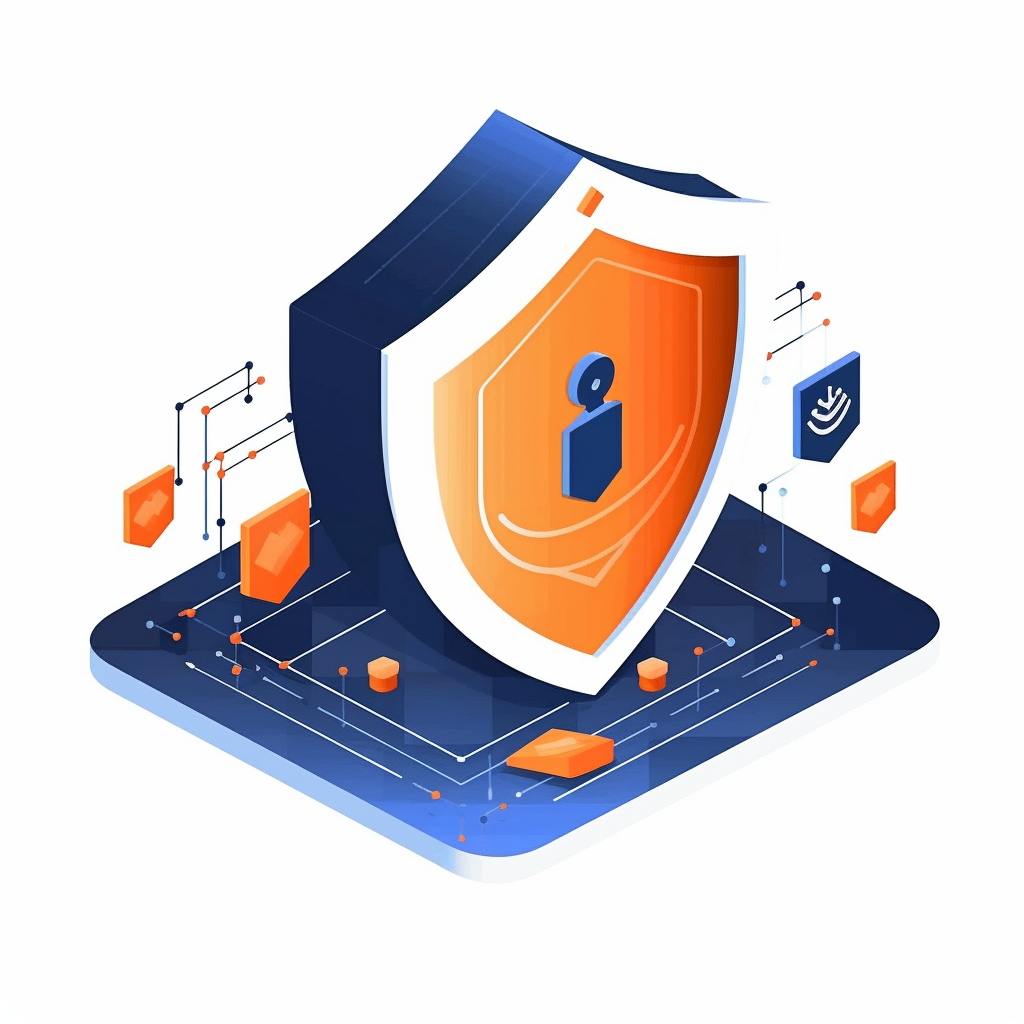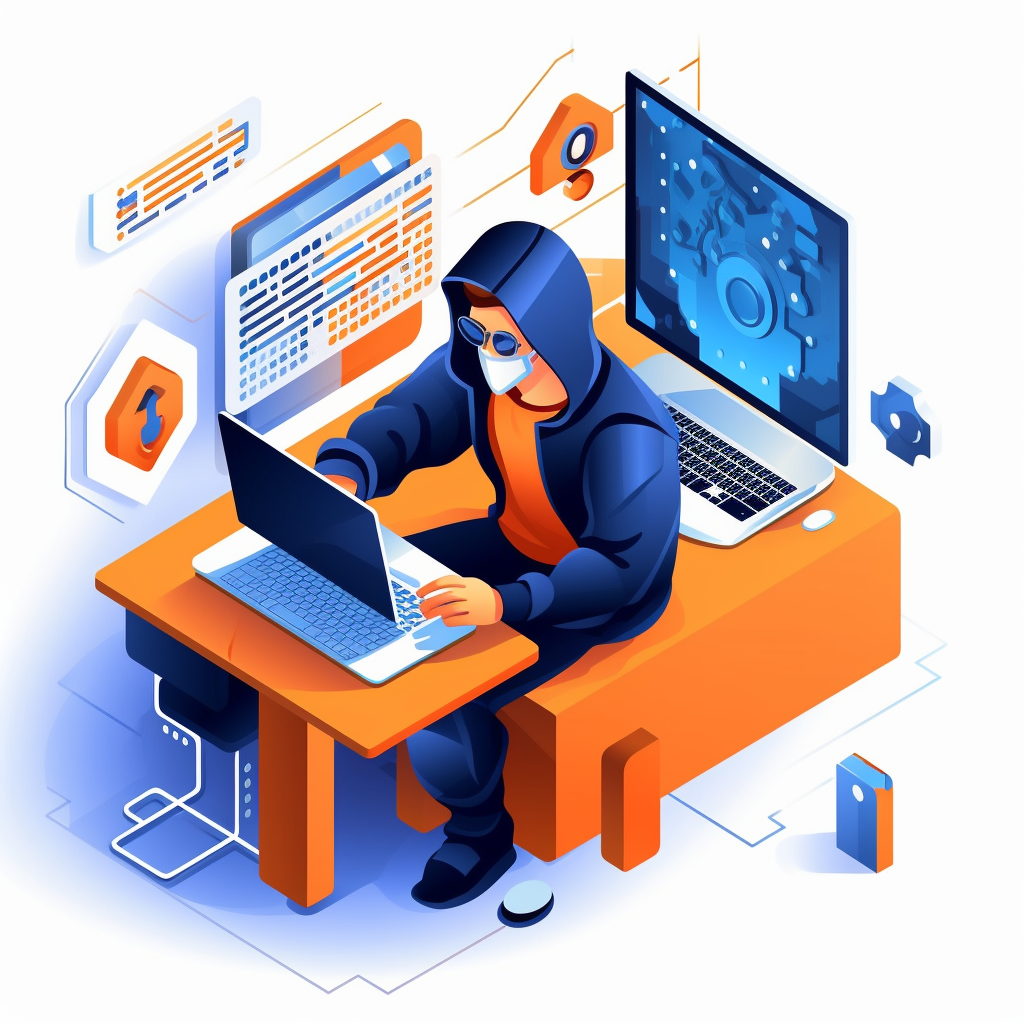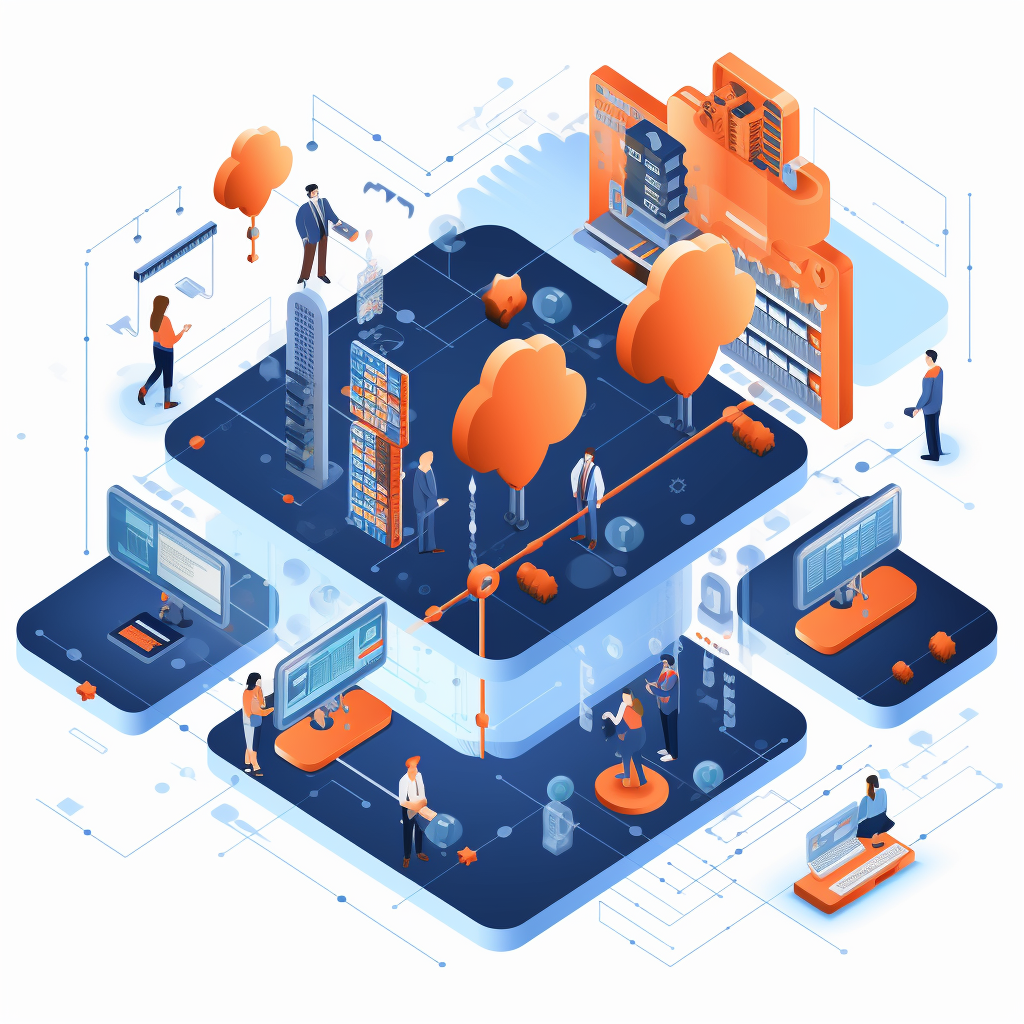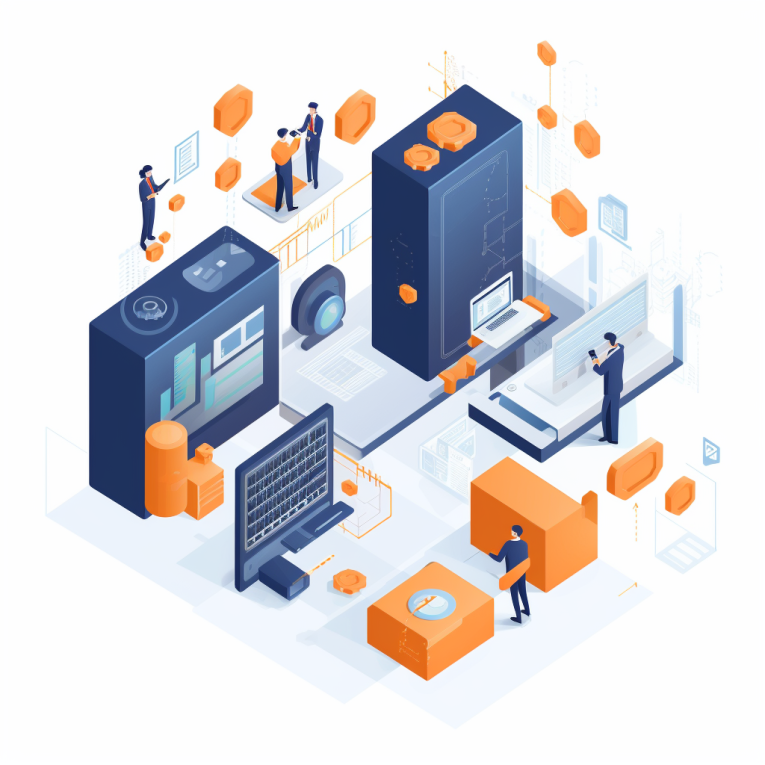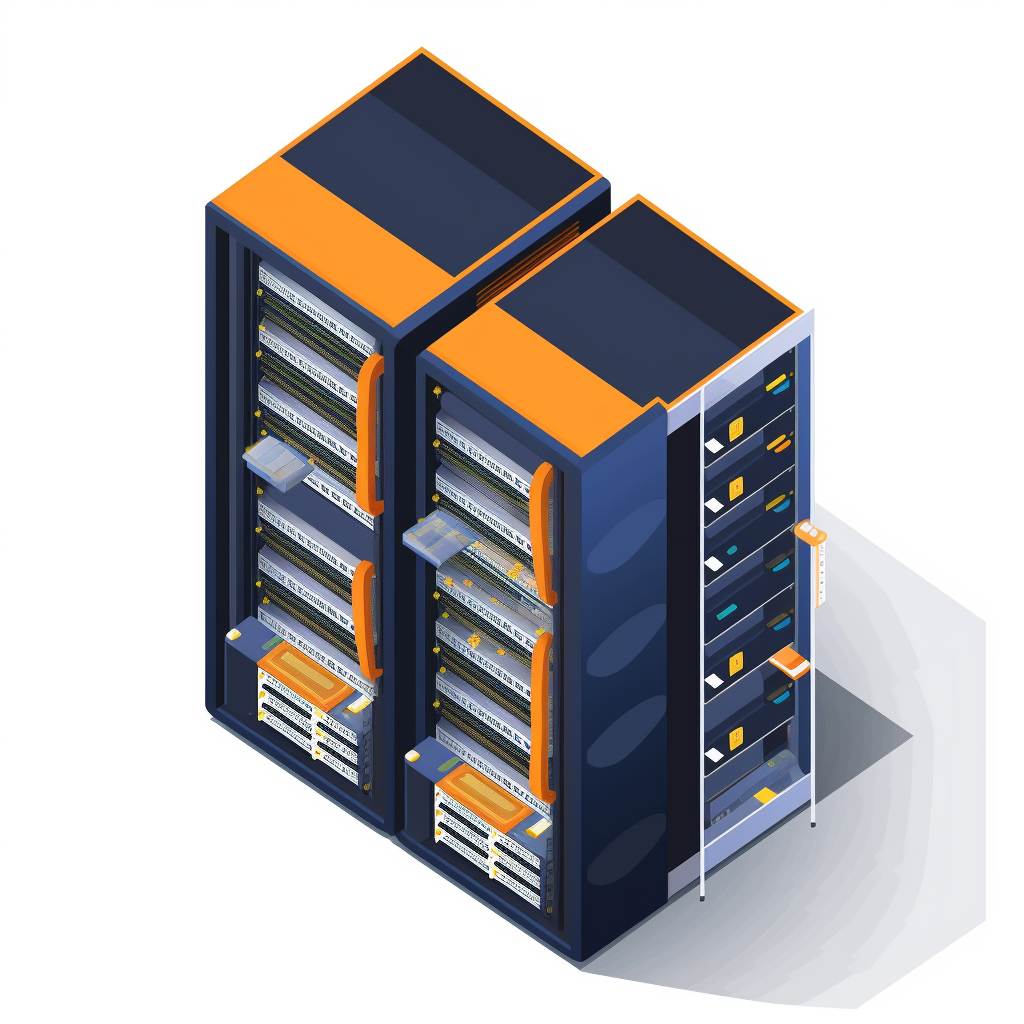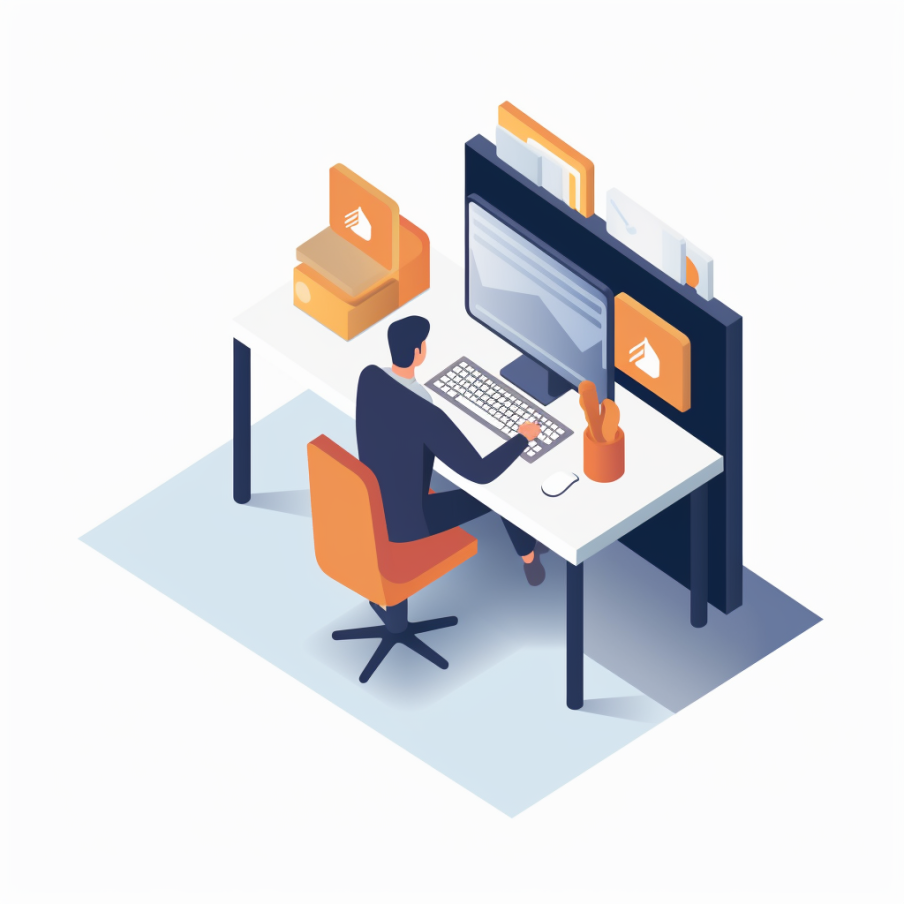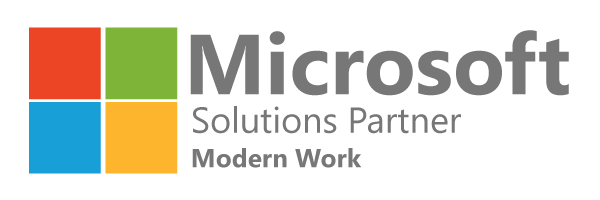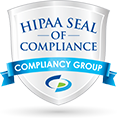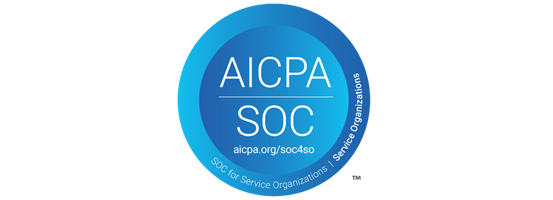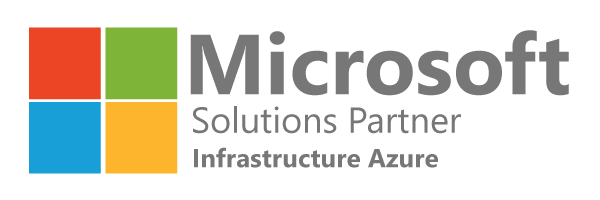IT Security Tools for Management
Protecting your digital assets in today’s era is paramount, making IT security tools essential. These tools fortify your networks, devices, and data against cyber threats, safeguarding your data and business.
Adding top-tier IT security tools to your arsenal has many benefits, including thwarting unauthorized access and deterring hackers effectively. Real-time monitoring flags suspicious activities, enabling swift countermeasures. Moreover, these tools commonly feature encryption, safeguarding data in transit and storage.
Employing these tools requires meticulous planning and expertise due to integration complexities. Staying current with evolving threats is vital for effective utilization. Adhering to practices like regular software updates and staff cybersecurity training optimizes their efficiency.
Our knowledgeable team of experts at WheelHouse IT can help you through the process of identifying and implementing the best IT security tools for your business.
Reach out to us today for a
demo of our IT security tools.
We'll respond within the next 10 minutes.
"*" indicates required fields
Dont want to wait... Call us now!
Give us a call us at
954.474.2204 ext. 2
Send us an email at [email protected]








